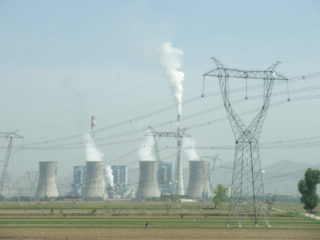-
5% of the world’s coal-fired power plants responsible for ~70% of carbon dioxide emissions from power sector, pointing to opportunities
Date posted:
-
-
-
Post Author
Patrick LaveryCombustion Industry News Editor
-

An interesting blog post from Paul Baruya at the International Energy Agency’s International Centre for Sustainable Carbon (the former Centre for Clean Coal) has reflected on a recent academic paper from the University of Colorado (Boulder) which claimed that 5% of the world’s coal-fired power plants could be responsible for 73% of emissions from the power sector as a whole. Six of the ten most emitting plants according to the paper were either higher efficiency supercritical or ultrasupercritical plants, and all of them were very large plants consisting of multiple units. The ISCS’s own analysis of plants found that the top 5% of largest emitting plants a) accounted for 50-60% of fossil generating capacity and b) were likely to be operating for a larger proportion of a given year than other plants – meaning the 73% figure for emissions is logical. What does not follow, however, is that closing these plants immediately is possible, or that it would lead to reduced emissions – though the paper itself does not suggest this. As the blog points out, the alternative to running the plants in many areas would be to go without electricity, and therefore also without widespread clean water, street lighting, etc. On the other hand, if spare generation capacity to cover these large plants was available, there is a strong chance that it would be with less efficient coal-fired power, leading to higher emissions, or perhaps a blend of more expensive (but probably less polluting) gas-fired generation capacity and less efficient and more polluting coal, making an uncertain outcome. Japan is one notable exception – nuclear capacity is available, but the country made a decision to turn away from nuclear power generation following the 2011 Fukushima Disaster. (Nuclear power output in Japan is now at around 20% of pre-Fukushima levels.) The exercise of looking at the most polluting plants is nevertheless a useful one – it shows that there is a great deal of room for emissions reductions improvements, be it through efficiency improvements, installation of carbon capture and storage, switching to gas or biomass, or eventual replacement with renewables or nuclear.
